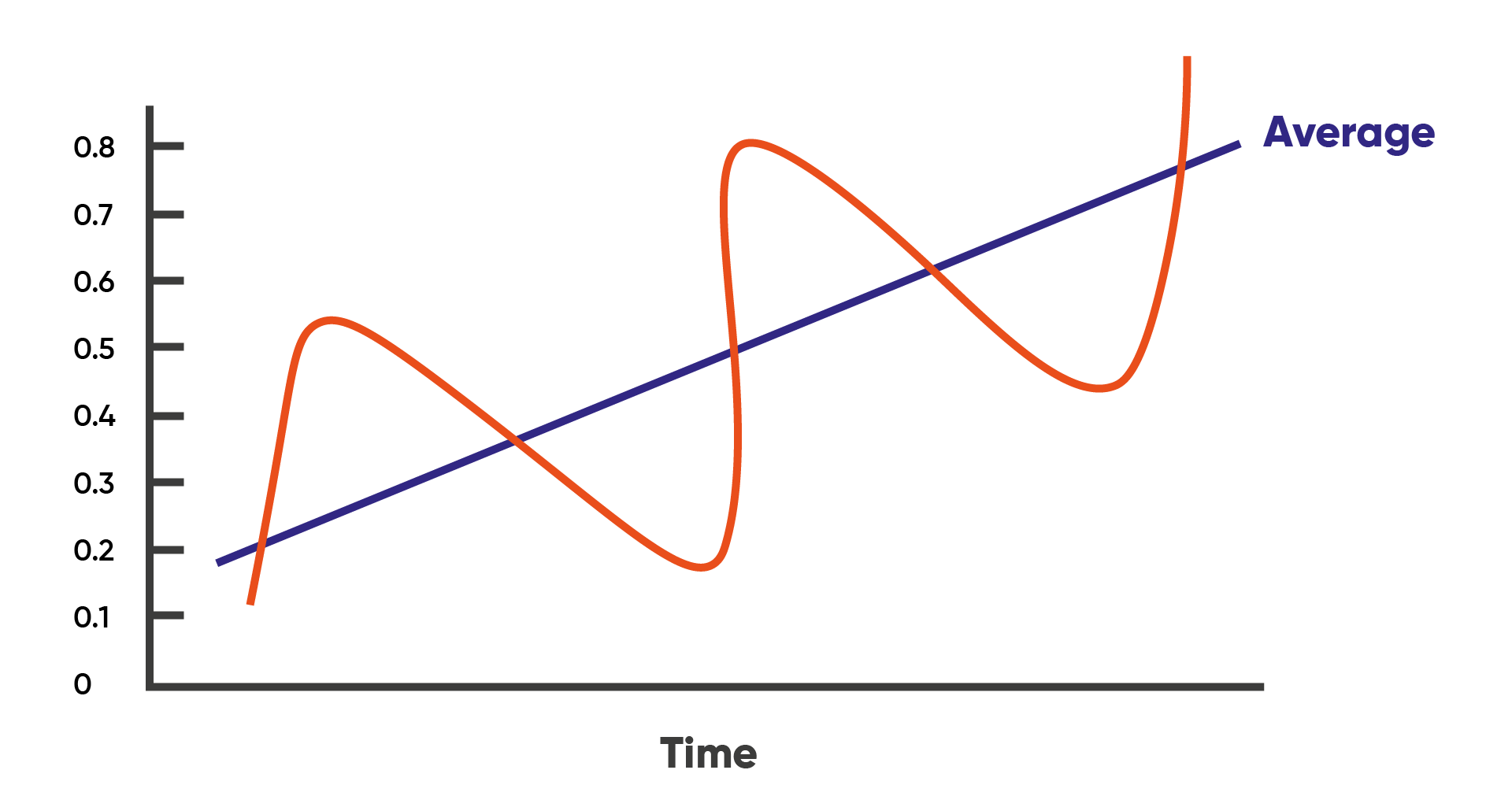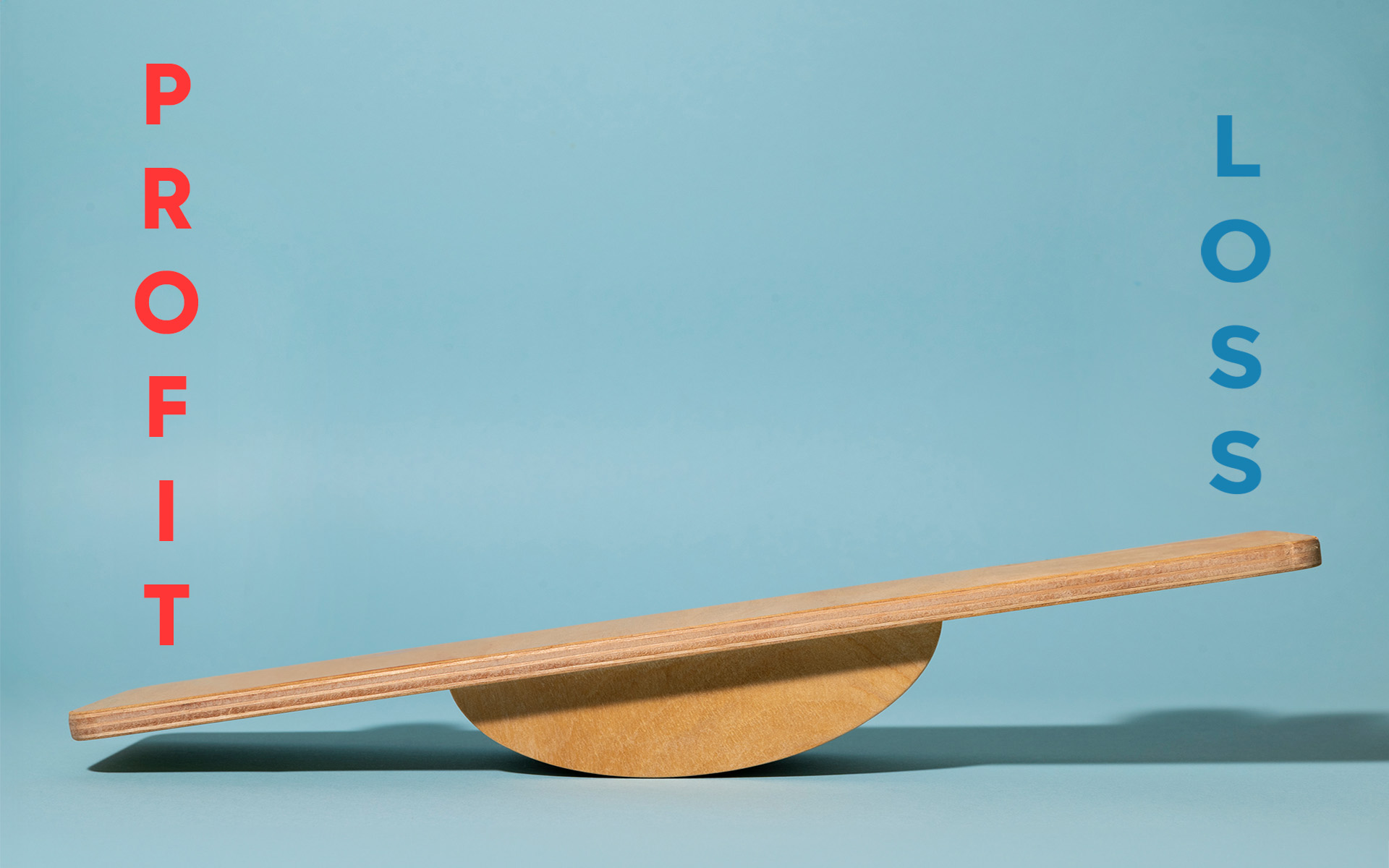If You Knew About Mental Models Earlier, You Could Have Been Space Conqueror Now

Studies show that every person makes around 35,000 decisions daily. Including decisions of daily routine as well as the ones which change their lives.
Our mind works primarily with experiences from the past - no matter the decision. However, our memories do not always correspond with reality. This can impact the decision-making process.
To make the right decision, we have to know how to work with our minds.
We need to know what mental models happen in our minds and how to deal with them. Check out the tricks below to master your mind.
Table of contents:
1. Inversion
2. Second Order Thinking
3. Availability Heuristic
4. Sunk Cost Fallacy
5. Occam’s Razor
6. Hanlon’s Razor
7. Diminishing Returns
8. First Principles Thinking
9. Regression to the Mean
10. Loss Aversion
10 Mental Models for Decision-Making Masters
Inversion
Inversion is defined as a process of looking at something from an opposite point of view.
During the decision-making process, many think this way ‚I’m going to do what I like and what I enjoy - so I’m going to go jogging every day!’
But what if we thought the other way around. What if the person from our example told themselves that they are not going to sit at home every day.
Their goal would therefore be to do anything but to sit at home. Thanks to this approach, they would have more freedom in deciding what exercise they should do.
Employ this in your life as well. Rather than focusing on what you like, name what you don’t like. Thanks to focusing on the negative rather than the positive, you will be able to better distinguish between the two.
It will be easier for you to avoid all the negative things in your life and there will be more room for the positive ones.

Second Order Thinking
A golden rule that says we should always think beyond immediate consequences.
Let me show this in the example. You would like to build a new machine to produce a new line of your product. Your intention is to do it as cheaply as possible. Therefore, you decide to assemble it with cheap and lower-quality components.
When you finish building the machine, you are happy you saved a lot of money. But in two years, you find out that the machine does not work properly. The fault is in the low-quality components.
In the end, reparations cost more than the initial investment. This means that the machine will be much more expensive than you wanted it to be.
From this example, you can see how important it is to think beyond the immediate consequences. Immediately you would have a cheaply made machine, but the consequence would be issues with its function.
Remember to always take the measure of the problem properly and act accordingly. Also, think of what will happen after your next step.

Availability Heuristic
An Availability Heuristic is a psychological phenomenon that makes often-mentioned information truthful.
What does this mean? Rather than evaluating a piece of information according to its source, we evaluate it according to the number of times we encounter it.
For example, we mark as more objective information than the one we heard of for the 50th time. Rather than the one we have heard of for the 5th time.
All of us have tendencies to do so. But we should be careful about which information we rely on. Also, we should do our best to be as resistant as possible to fake news and non-objective news in general.
Be critical of everything you read and hear. Rely on data and studies from reputable sources.
These days, we are overloaded with information from social media and all the newspapers. Unfortunately, the number of non-objective and unreliable sources has increased over time. Fake news spreads quickly and due to the Availability Heuristic, more and more people believe it.
To make the right decision, it is vital to build on stable foundations. Trust data only from experts.
If you plan to introduce a new product on the market that has unique characteristics, do not listen to the opinions of people who don't know much about the industry. Do market research and work with reliable sources.
Thanks to this approach, you will invest your time and money into the project with a projection of a high return.

Sunk Cost Fallacy
Sunk Cost Fallacy is a phenomenon that makes us continue doing something that is not profitable for us anymore.
Of course, we don’t want to put out the fire that took us so much time to build. But why should we waste more of our money and energy on it if it would never warm us? Because we are sorry for all the already wasted inputs!
How does the Sunk Cost Fallacy work in company practice? Imagine that you’ve come up with a new product. It is not going to have any competitors in the market. You plan to amaze potential customers and paralyze your rival companies. It is expected that the product will have high returns on the investments. But before finishing the project, you find out that one of your rival companies introduced a similar product to yours. What’s more, their product seems to be much better!
What now? Are you going to continue with the development? Are you going to finalize the product and introduce it to the market? Should you do it if you know that your competitor is going to kill it?
You’d be surprised but the majority of respondents would nod.
Studies show that 86% of people would finish the project. Only 14% would cease to deal with it and they would rather start another one.
The reason why many would continue is their inability to accept the loss of the inputs.
They would tell themselves ‚I’m not going to give up now!’. And they would continue wasting more of their time and money. Even though sunk costs are irrecoverable.
In the minority, which would end the project, belonged also Steve Jobs. If his products were not as profitable as he expected, he stopped developing them. He rather decided to invest in a new project. Today we can say that his decisions were right. Apple Inc. is a very successful company with a worldwide impact.
Remember that it is important to determine this cognitive illusion as nonobjective.
Don’t let it distort reality. Decide according to the return of invested means.

Occam's Razor
Occam’s Razor is a methodical principle that says the simplest explanation of the problem is the right one.
Do not overthink your decision. Listen to your intuition which often provides you with the right solution.
How to work with this mental model to make the best decision? Follow these:
- a) Consider which information is vital for solving your issue.
- b) If you’ve been able to reach your goals with the facts already acquired, maybe you don’t need to use others.
- c) If there are more ways to solve your issue, pick the simplest one.
- d) Think of what an analysis should bring you.
- e) In order not to waste time, skip steps that can be skipped.
What to remember? Sorting out which information is necessary, and which isn’t is vital to making the right decision.

Hanlon's Razor
Hanlon’s Razor is a method that suggests we should cut ourselves off the conspiracy theories and paranoia.
What exactly is it about? When we have a hard time in our business, we tend to believe that someone else is at fault. We think they want to hurt our reputation and make it difficult for us. But this might not be true at all.
Every time the mental model Hanlon’s Razor comes to your mind, stop and look at the world unbiased. Forget the conspiracy theories for a second. Stop blaming other people for your hard times and search for mistakes you’ve made yourself.
Ask yourself: Have I done everything the best way possible? Have I been fully focused on the tasks while doing them?
After you answer yourself, you will see the flaws. You will be able to make the right decisions more quickly. Admit yourself the mistakes and repair them.

Diminishing Returns
What is The Law of Diminishing Returns about? It suggests that new innovation does not always guarantee high returns.
Here is a simple example that will help you to realize the law. Imagine you are a manufacturer of smartphones. A new model is produced twice a year. You believe that every new innovation, for example to a camera of the phone, will generate more sales.
The truth is that the overall performance of the product lowers with the costs spent on each innovation made.
Plus if the quality of the camera is at its peak, innovating it would be useless for the consumer. You must realize that they will not be willing to pay for something they don't need.
What does this mean? If you only focus on one part of your product, it won't be as attractive to consumers as if you innovated the whole smartphone.
Do not be afraid of The Law of Diminishing Returns. Never add only one factor, add more of them. Only then you'll be able to meet with great success.
First Principles Thinking
This mental model discusses the way we solve problems.
The majority of people use the already proven ways of solving their problems. They learned those solutions by watching other people.
While proven ways tend to be less risky, First Principles Thinking gives us more room for innovation.
What exactly is the First Principles Thinking mental model? It is about solving a problem by breaking it down into simple and more manageable fractions. When having the fractions in front of you, it is much easier to see which one of them should be improved.
Therefore, instead of the analogy of the whole issue, we work on individual steps of our project.
The richest person in the world, Elon Musk, also works with the First Principles Thinking model. It allows him to innovate. Thanks to innovative solutions he managed to conquer space.
All successful businessmen had to innovate at least once in their lifetime. They had to find a unique way to do things. Without innovations, their products would not be that popular or in demand.

Regression to the Mean
Regression to the Mean is a statistical phenomenon that is considered one of the most confusing of all.
We can find it everywhere, including our business.
This phenomenon shows that extreme fluctuation of the result does not repeat twice. It is quite the opposite. When an extremely high or low value appears, the following one will be rather mean.
If one of your sellers managed to have high sales this year does not mean 2024 will be that successful, either. You should rather expect that his sales in 2024 will be rather mean.
It works the same for sellers who didn't have quite a successful 2023. That is the reason why you should always think twice before firing a seller whose current sales numbers are not great.
How should you use this model? In general, put the focus on the mean results of your business.
Because the average result is the most realistic one. Thanks to it, it will be easier for you to see the optimistic value of your success.
Plus, if you're capable of working with the Regression to the Mean model, you will deal with being in the red much better. Since you know that tomorrow, the numbers will be in the black again.

Loss Aversion is a psychological concept. It is the tendency of an individual to make decisions based on their fear of loss.
Why do we act like that? Because we want to avoid the pain that comes with the loss.
For some reason, negative experiences are often more powerful for us than positive ones.
Many people adopt the not risky way to avoid any kind of loss. Mental model Loss Aversion therefore leads to Risk Aversion.
Remember that low risk equals low returns. Logically, higher risk means higher returns.
This works similarly in both business and stock markets.
So how to use this mental model in your favor? Simply don’t be emotionally involved in the investment. Of course, none of us enjoys losses. When you have hard times, celebrating is not the preferred way to act. But you must realize that sometimes, the issues in the project are not completely your fault. And that is why it is useless to be too emotional about the loss.
When such a situation comes, focus on how to solve the issues. Nip them in the bud. Do everything you can to make improvements. Or find alternatives to stabilize your business. Then, you'll have a reason for celebration.

What To Remember
To make the right decision, it seems there’s a lot you have to do and think about. In fact, it is much simpler than it seems.
Here's the recipe to become a decision-making master: learn how to work with your mind, focus on your company’s numbers, trust statistics, and take risks.











